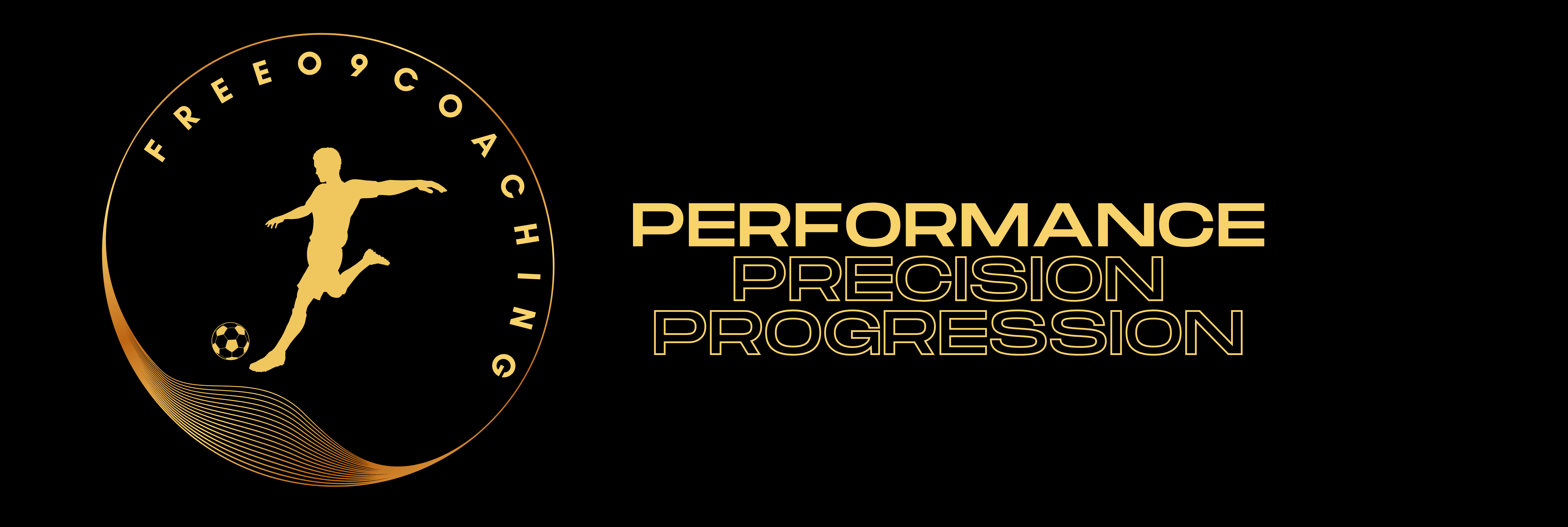Happy New Year!
The Christmas break is finally over, the decorations will soon be packed away and now it’s time to get back on the pitch!
As a coach, whatever level you are working at, you know that the post-holiday period is crucial for rebooting your team’s focus and conditioning.
Introduction
These next few weeks will set the tone for the remainder of the season. This is your chance to rebuild chemistry, address weaknesses, and upgrade your tactics.
With some strategic planning and training, you can return better prepared to dominate on the field once again.
In this comprehensive guide, I’ll provide some coaching wisdom to help you restart your squad.
I’ll share tips on assessing fitness, honing fundamentals, evolving strategy, and fostering team bonding.
You’ll find all the tools needed to get your players physically and mentally primed for victory.
Let’s regain that championship edge!
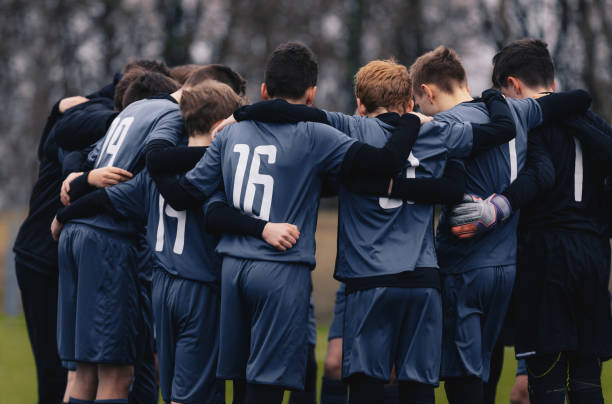
Reconnect and Recharge
The first step is to reconnect with your players after the extended time off. Schedule a team meeting to connect and assess how everyone is feeling physically and mentally.
Be sure to promote open communication and allow players to express any concerns. You want your team to feel mutually supported as you regain focus.
Also, emphasise the importance of self-care during downtime. Encourage players to eat well, stay active, and get plenty of sleep before your first training session.
Assure them you’ll ease back into things to avoid injury. Proper rest and nutrition will reboot their energy levels and prime their bodies to perform.
Take Advantage of the Offseason
Use the offseason to your advantage – check out this fitness tracker to monitor your activity levels and maintain fitness. Staying active is key!
Review Team Goals
With seasons split by the holidays, it’s easy to lose sight of broader objectives. Use your meeting to revisit team goals and reaffirm shared purpose.
Remind players what you want to accomplish in the coming months and how it aligns with individual development. This helps crystallise focus and unite everyone behind a common mission.
Set Short-Term Milestones
You can also collaborate with the leaders of the team to set some specific short-term goals for January and February.
This adds tangible milestones to work towards in resuming play. Post goals in the changing room and track progress to keep players motivated and accountable.
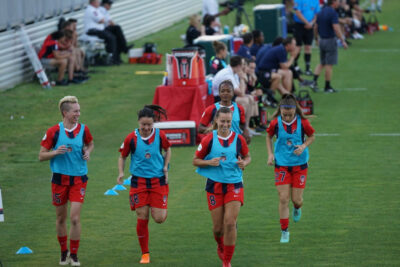
Assess Fitness Levels
Your first week back should include light training focused on assessing fitness levels.
Monitor players closely during drills and small-sided games to see who maintained conditioning and whose skills may have eroded a bit.
Make note of any regression so you can customise training going forward.
Also consider having players complete fitness benchmarks like sprints, cone drills or vertical jumps. Compare results against baseline metrics you collected earlier in the season.
This quantifies current ability and highlights areas needing work. Just be sure not to overdo things too fast to prevent injury.
Use Fitness Trackers
Check out these HR monitors to track players’ fitness levels and measure progress.
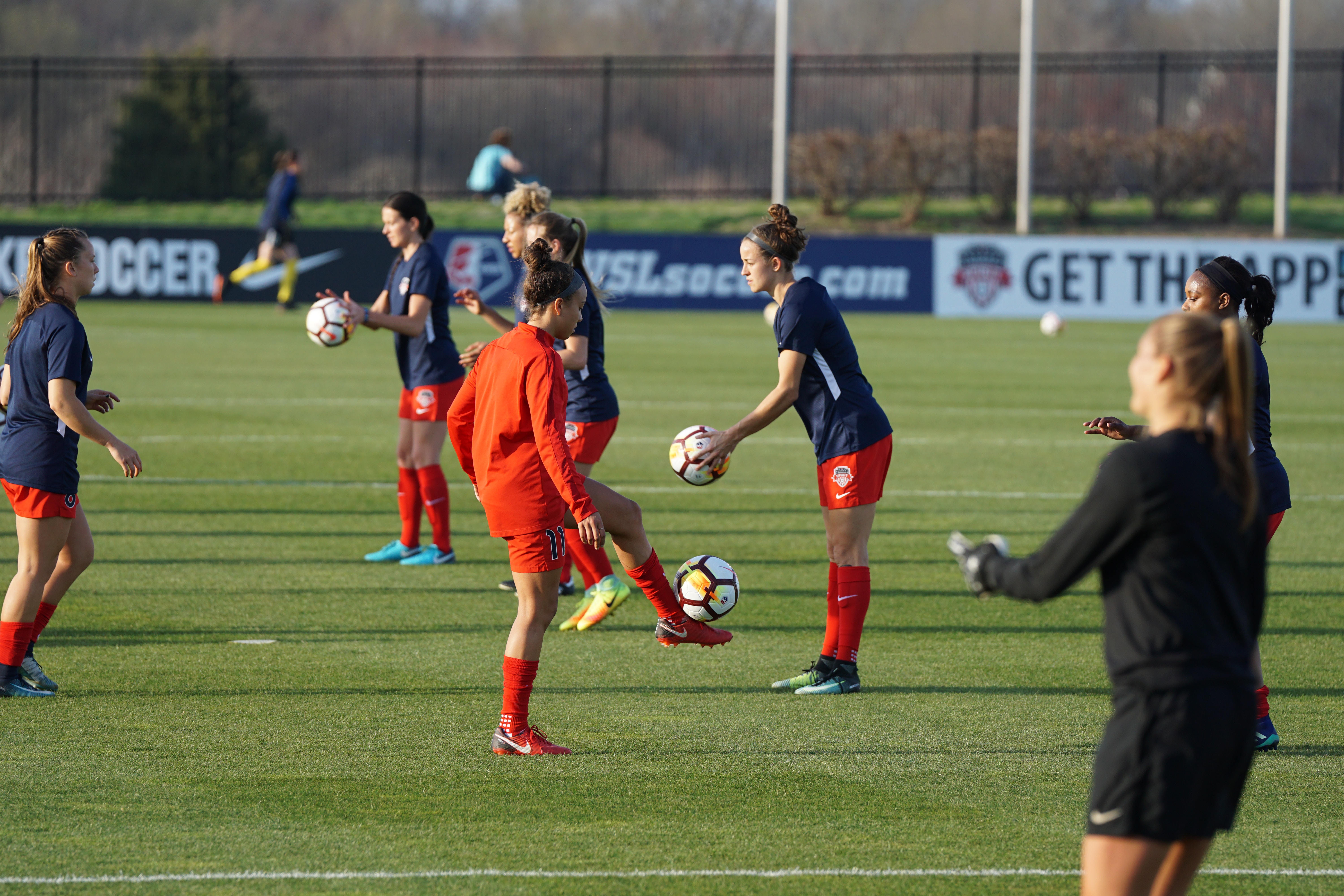
Reinforce Fundamentals
Use practice time to reinforce the fundamentals. Run skill-building drills focused on ball control, passing, shooting and other core competencies.
While it may feel remedial, sticking to the basics re-sharpens muscle memory and mechanics. Solid fundamentals provide the foundation for executing tactics and strategies.
You can also identify recurring team weaknesses and design targeted drills. For instance, if players struggle with 1-on-1 defending, incorporate exercises that simulate those scenarios.
Leverage training to turn vulnerabilities into strengths. This builds confidence along with competence heading into matches.
Master the Basics
Check out this soccer coaching book for practices that reinforce core skills.
Develop Tactical Flexibility
The holiday break also provides an opportunity to evolve tactics and enhance flexibility. Analyse what worked and didn’t in the first half of the season.
Consider tweaking your formation, swapping player positions or implementing new attacking and defending approaches.
Experiment with new looks in training to see how players adapt. Greater tactical versatility keeps opponents guessing and gives your team valuable match-up options.
Just be careful not to overload players with too much systemic change simultaneously.
Change Things Up
Check out this book on Soccer Principles of Play for new strategic ideas.
Schedule Friendlies
Nothing gets a team back up to speed like actual match play. Try to schedule a few friendly games or practice games in that first week back.
This allows you to test new tactical wrinkles against live competition in a lower-stakes environment. Play with everyone to evaluate form and make final position decisions.
Friendlies also reunite players in their usual roles and restore in-game communication. You can stop play at timeouts to provide instruction and make adjustments.
Most importantly, they reacclimate players to the speed and physicality of real games after the layoff.
Get Games Booked
Use sites like Gumtree to find teams to schedule friendlies with. Crucial for getting match-ready!
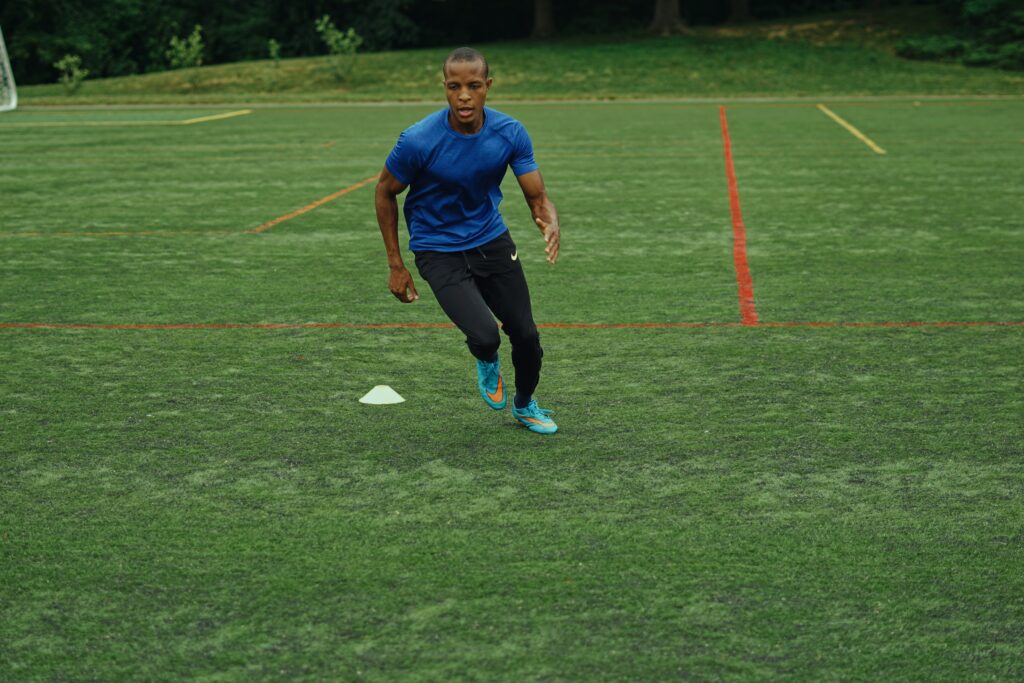
Create Customised Workload Plans
To avoid overworking players, design tailored workload plans based on their break activity. Players who had remained more active require less conditioning focus.
For those who were less diligent, you may need to limit sessions and build back slowly. I recommend meeting with each player individually to create plans that fit their needs. CLICK HERE to read my article on position-specific training.
Emphasise that this is not punishment but an effort to prevent injury and optimise preparedness.
Custom plans demonstrate care for players’ well-being and keep everyone on track.
Individualise Training
Check out these resistance bands for stay-at-home strength training options.
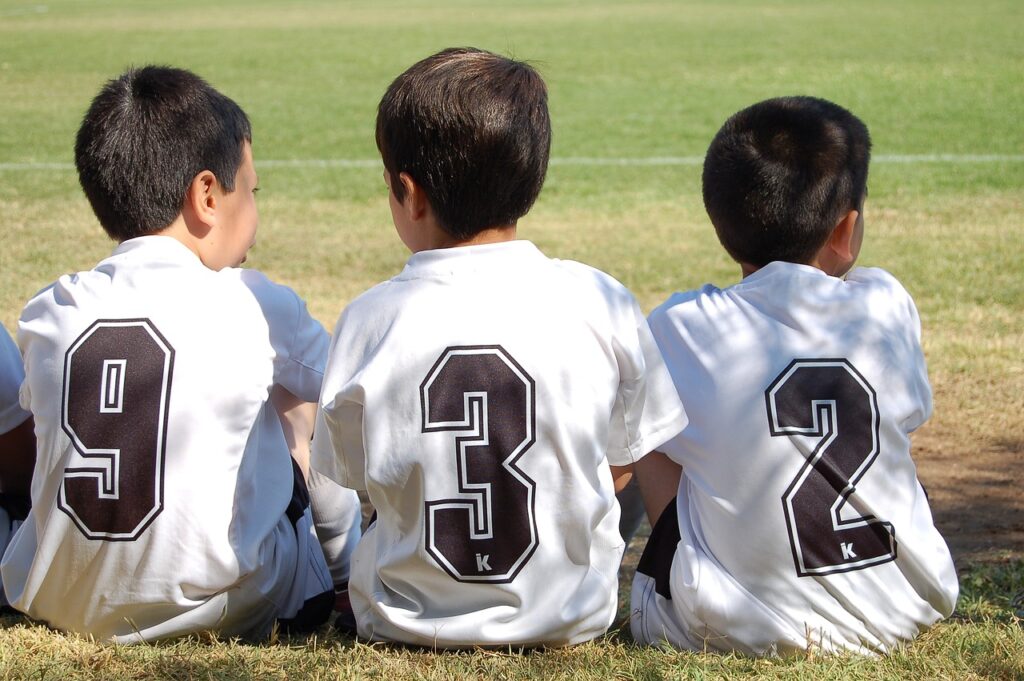
Focus on Team Bonding
Finally, look for team bonding opportunities that reinforce a positive culture. Schedule a non-practice team activity like bowling, paintball or a laser tag outing.
You can also plan a meal together or hold a team film review. Bonding experiences enable informal mentorship between older and younger players.
They remind everyone that the team transcends tactical roles. Camaraderie and chemistry ultimately drive competitive success.
Make relationship-building a priority amidst the Xs and Os.
Bring the Team Together
Consider grabbing some custom team t-shirts to foster team identity.
Conclusion
The holiday break can derail a soccer season’s momentum. But with thoughtful planning and dedicated training, you can get your team back to peak performance.
Assess fitness levels, reinforce fundamentals and build tactical flexibility. Customise workloads to optimise each player’s preparedness.
And don’t forget the value of team bonding to re-energize culture.
With your coaching wisdom and experience, you have all the tools to keep your players focused and hungry.
Now get out there and make the second half of the season your best yet!
Let me know if you need any other tips for rebooting after the holidays.
I’m always happy to provide guidance. Here’s to an amazing 2024 season!
